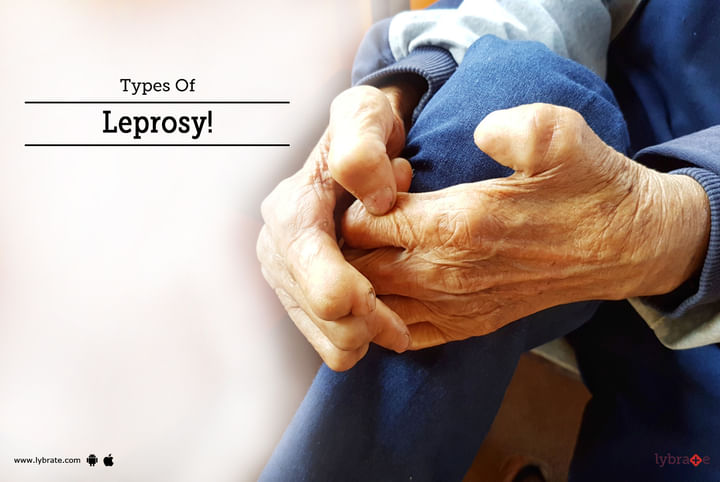Types Of Leprosy!
Leprosy, also known as Hansen’s Disease is considered to be one of the contagious diseases present in the world. It may be also considered one of the neurological diseases that affect primarily peripheral nerves. Leprosy is also the kind of disease that not only affects the skin of the body but all the other organs in the body(except Ovaries in females). All throughout the history disease like Leprosy are always looked with fear and often misunderstood by people. Even it is diagnosed and treated early, it is still a chronic disease. It is curable and treatment and care in the initial stages can ward off most disabilities.
This disease mainly affects the skin, eyes, the peripheral nerves, and the mucosal surfaces of the upper respiratory tract. It can occur at any age, starting from early infancy to extreme old age. Leprosy usually caused by the red-shaped and acid-fast bacillus known as Mycobacterium leprae.
The disease is defined by the number and type of sores on the skin. These are listed below:
(A) Tuberculoid Leprosy:
It affects peripheral nerves and sometimes the surrounding skin, especially on the face, eyes, and testes as well as the nerves and the skin. Lepromin is positive, but the organism is rarely isolated from lesions. Macules are elevated with clearing at the centre and are more clearly defined than in the lepromatous form. Anaesthesia is present, and involvement of the peripheral nerves occur more rapidly than in the lepromatous form. It is a less severe form of leprosy due to its mild nature. In this form, people have one or a few patches of pale-coloured flat skin (paucibacillary leprosy). Numbness in the affected area may be reported because of the nerve damage. It is less contagious than other forms of leprosy.
(B) Lepromatous Leprosy:
The most serious type and considered to be the most infectious.It causes damage of respiratory tract, eyes, and testes as well as the nerves and the skin. Lepromin test is negative but the skin lesion contains a large amount of Hansen’s bacillus. There is a gradual thickening of the skin with the development of the granulomatous condition. Lesion frequently appear as muscles, becoming nodular in character (leproma). There is a slow involvement of the peripheral nerves, with some degree of anaesthesia and loss of sensation and the gradual destruction of the nerves. There is atrophy of the skin the muscles and eventual absorption of small bones, primarily the bones of the hands and feet. There is ulceration of the mucous membrane of the mucous. Because of the absorption of small bones and ulceration, natural amputation may occur. It is more severe in nature. It has many skin bumps and rashes. It is also known as multibacillary leprosy. Patients affected with it may feel numbness and weakness in the muscles. Other organs, such as the nose and the kidneys, may also be affected. In males, it will damage the reproductive organ. It is more contagious than tuberculoid leprosy.
(C) Borderline Leprosy:
Both the symptoms of tuberculoid and lepromatous can be seen in these cases. Skin lesion in this type is diffuse and poorly defined.



+1.svg)
